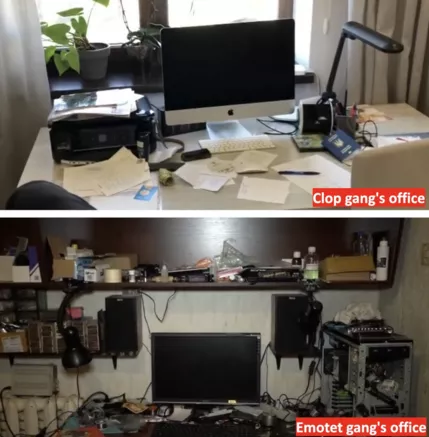A few days ago, together with Rocco Sicilia and FESTO Academy , I presented a webinar on OT/ICS Cybersecurity approach. We are often spending time increasing Cybersecurity awareness, and that webinar was focused to gives Cybersecurity fundamentals to OT managers.
These days I’m receiving more requests for help than ever. Most of them refer to suspicious emails, maybe because people are more aware, maybe because the current geopolitical situation is evolving fast.
Any password policy, even with strict rules, can be easily bypassed with simple tricks: Passw0rd!, Passw0rd$, Password!1 can be all valid passwords for length and complexity. In this common scenario it’s useful to regularly audit Active Directory passwords against password dictionaries (like RockYou) and/or HaveIBeenPwned .
I spent a few Twitch sessions speaking about the automation of Palo Alto Networks firewalls. We used different approaches than the one used with Cisco devices. Initially, we developed a few simple Ansible playbooks.
I spent a few Twitch sessions speaking about the automation of Cisco devices with Ansible. I don’t think Ansible is the best tool and the best way to automate tasks on Cisco devices, but a well-designed and well-documented Ansible playbook can be maintained by non NetDevOps guys too.
A few weeks ago a customer asked me to patch NTC Templates because it has a very old HP Procurve switch. I’m used to patching NTC Templates, it’s an important tool for my automation tasks.
The following scripts allow cleaning a Docker host, and stopping and deleting containers and images. Stop all containers: #!/bin/bash CONTAINERS=$(docker ps -a | tail -n+2 | cut -d" " -f1) if [ "$CONTAINERS" == "" ]; then exit fi docker stop $CONTAINERS Stop and delete all containers:
Sometimes we realize we committed something that should remain confidential. Or maybe we are ready to publish our open source project and we don’t want to publish the entire history too.
As human beings, due to our evolutionary background, we struggle to perceive the dangers of the digital world. We have always been accustomed to assessing risk based on our physical environment, evaluating the context (location, people, etc.







